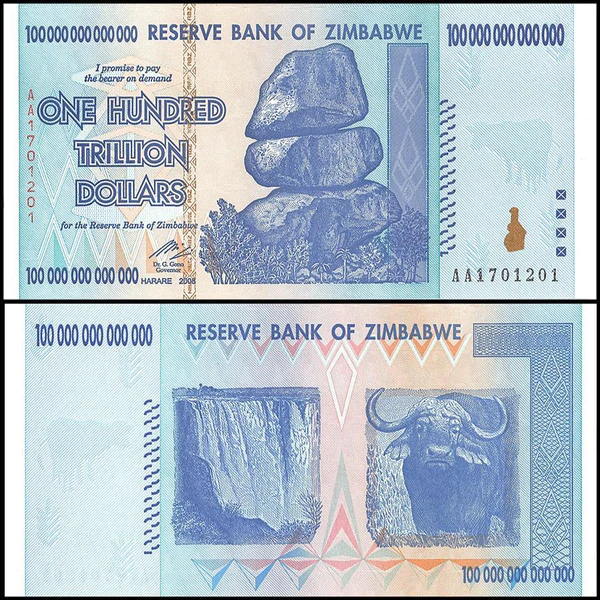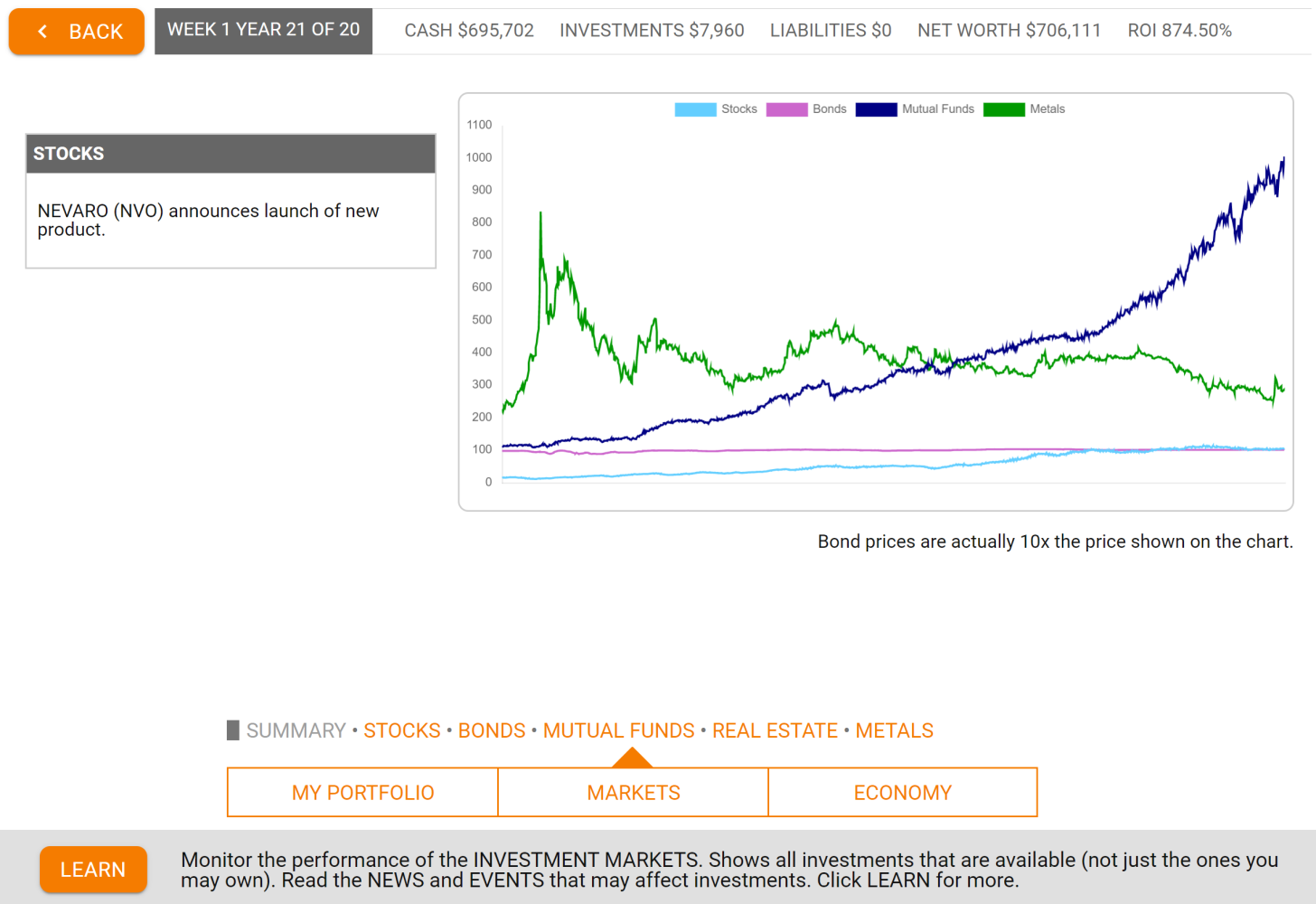
1 Cool Thing About Inflation — And How To Teach Students
Here's one of the benefits of high inflation — cool money bills like the one below. I think this was real back in 2008.

Want to teach students about inflation?
Play an investment simulation and let them experience it as investors.
Interest rates go up. Current bond prices drop. New bond issues have higher yields. Stocks may fall (or not). Mutual funds diversify the risk (or dilute the upside). Gold may serve as a hedge (or not). Real estate is in flux.
That's an example of saying a lot without actually saying anything.
But one thing is for sure — talking about all these concepts to students goes in one ear and out the other.
Allowing students to invest money, even if it's virtual, changes the game.
Real or Virtual
You can do this by having students invest virtual money in real markets.
There is plenty of real market data accessible for all types of investments and it's all freely available.
You can manage all of this for a cohort of students with a simple online spreadsheet.
Or you can use one of the many online simulations, some of which are free to play.
Playing the real markets can be problematic
But, there are two challenges with playing the real markets, including simulations that use real market data.
Real markets have so many options and so much information that it can all be too complex and overwhelming for students. Instructors need to work at limiting the scope.
The timeframe is too short. Playing real markets for weeks, or even several months, is too short a timeframe to experience economic cycles. You are essentially day trading, which may be the opposite of what you want to teach about markets.
Playing fictitious markets with real data
If you want students to experience economic cycles in a structured experience with a defined scope, then consider using a simulation with simulated money and markets.
I don't know how many of these types of simulations exist, but here's a screenshot of a simulation I designed that allows students to invest in stocks, bonds, mutual funds, real estate, and gold. And play the markets for up to 20 years, allowing students to fully experience economic cycles.
It's part of the GoVenture Life & Money simulation that allow students to gain personal financial literacy skills by virtually living their lives for up to 20 years into the future.

How do you mix real and simulated data?
Perhaps you may be wondering how simulated investments can provide realistic data? After all, you want the experience to be authentic for student learning.
I'll share my design approach here in case you may find it helpful when designing your own educational experiences —
In order to create 20 years of economic cycles, the investments have to be fictitious. The stocks, bonds, real estate, etc. have to be made up. If we used real investments like Coca-Cola stock, then a student could just Google the historical data and use that to "win" every time.
So I found a 20-year period in the past where the markets behaved in a somewhat typical way (granted, "typical" may no longer exist in our modern world). I collected all of that real-world data and used it to drive the performance of the fictitious investments in the simulation. For example, the simulation has a fictitious automotive company stock and that stock behaves similar to the real-world automotive stock index during the 20-year period of historical data. Fictitious investment meets real-world data.
Of course, there is much more complexity to building a realistic simulation, but you get the idea.
Experiential learning is the way
Whether you use a GoVenture simulation or other program, providing students with experiential learning is truly the best way for them to fully understand these and other money concepts.
Receive this newsletter by email —
I'm Mathew Georghiou and I write about how games are transforming education and learning. I also share my experience as an entrepreneur inventing products and designing educational resources used by millions around the world. More about me at Georghiou.com